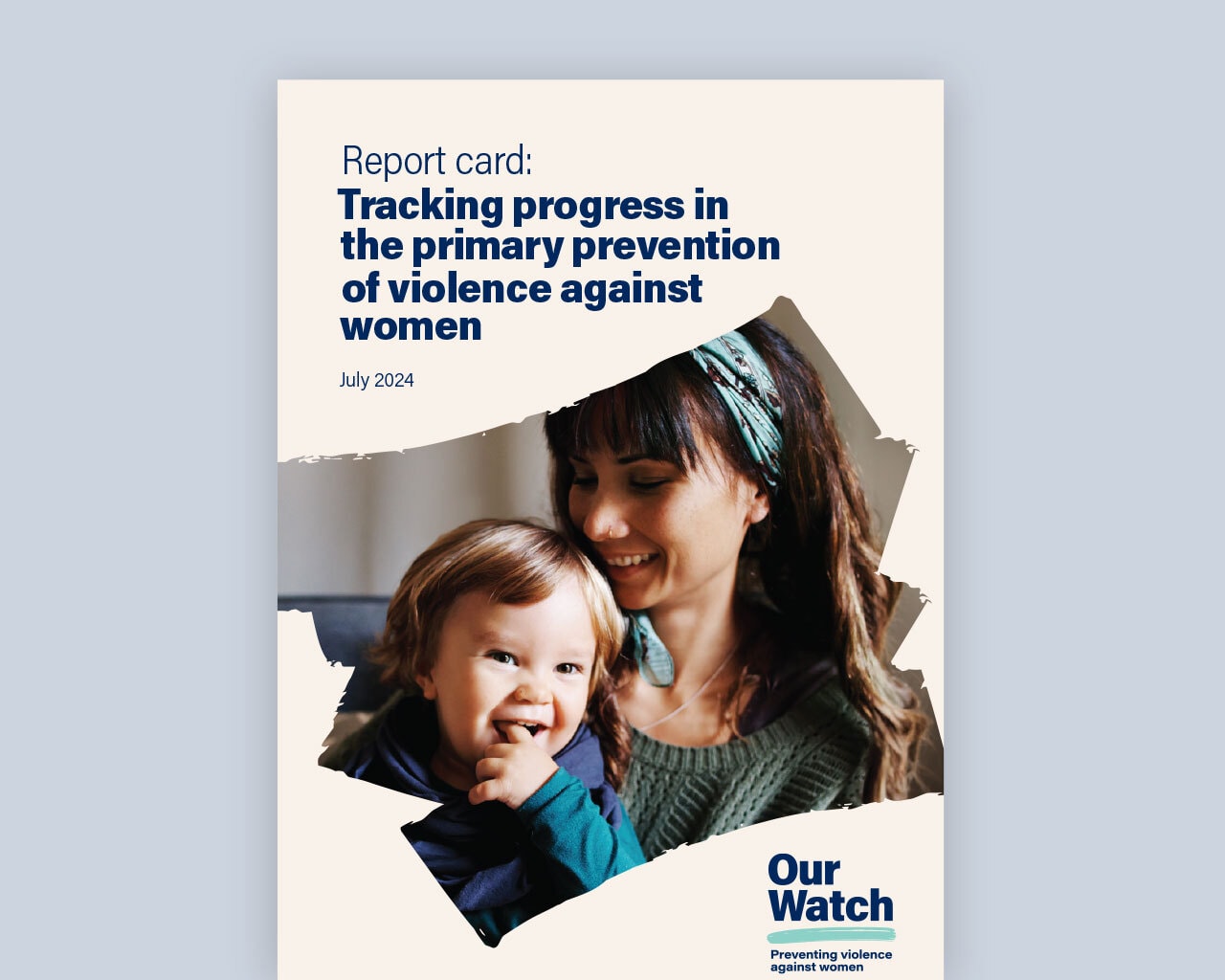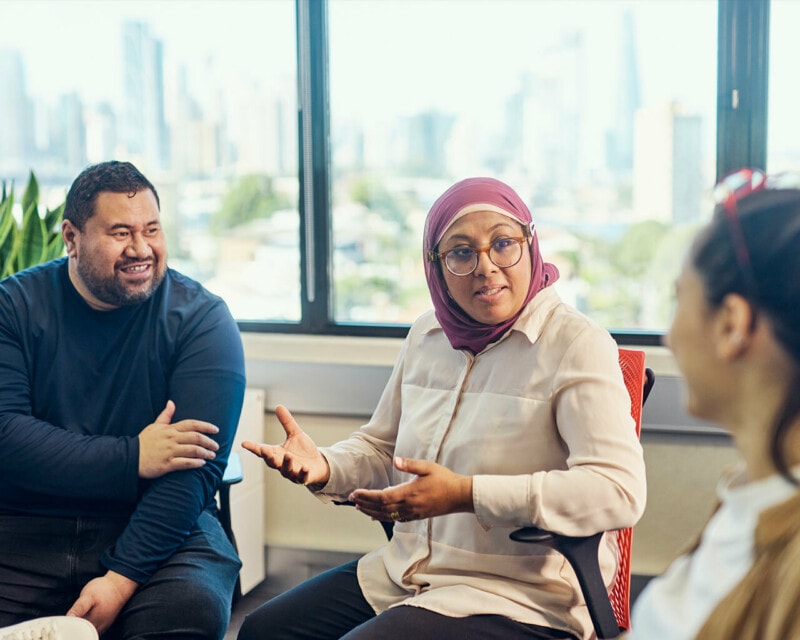Quick facts about violence against women


Violence against women is a serious and widespread problem in Australia.
But violence against women is also preventable. To prevent violence against women we need to understand it. This page provides information on the prevalence and nature of violence in Australia.
"Violence against women is any act of gender-based violence that results in, or is likely to result in, physical, sexual or psychological harm or suffering to women, including threats of such acts, coercion or arbitrary deprivation of liberty, whether occurring in public or in private life."
In Australia, violence against women is called many different things, including domestic violence, family violence, intimate partner violence, coercive control, online abuse, stalking, workplace sexual harassment, street harassment and sexual assault. Our definition includes all these forms of violence against women.
You can find full definitions in types of violence against women.
Violence against women is experienced across all communities and cultures. However, its nature, prevalence and risk factors differ within population groups. Below are some key statistics related to the Australian population:
2 in 5 women (39%) have experienced violence since the age of 15.
Men are more commonly the perpetrators of physical violence, sexual harassment and sexual violence.
Women are more likely to experience violence from someone they know than by a stranger (35% vs 11%).
On average, one woman is killed every nine days by a current or former partner.
In the year 2021/22, 4,620 women aged 15 years and over (average of 13 women/day) were hospitalised due to family and domestic violence.
1 in 4 women (27%) has experienced violence, emotional abuse, or economic abuse by a cohabitating partner since the age of 15.
1 in 3 women (31%) has experienced physical violence since the age of 15.
1 in 5 women (22%) has experienced sexual violence since the age of 15.
1 in 2 women (53%) has experienced sexual harassment in their lifetime. In most incidents of workplace sexual harassment, the harasser was male.
Research shows that around 1 in 4 men in Australia aged 18 to 45 say they have used physical and/or sexual violence against an intimate partner.
Men aged 18-30 who identify with rigid stereotypes of masculinity are 17 times more likely to say they have hit a partner. These stereotypes include that men should be tough, aggressive and in control.
Women are at increased risk of experiencing violence from an intimate partner during pregnancy.
Women who have experienced violence are more likely to experience multiple incidents of violence.
Certain people, identities and communities within Australia are at greater risk than others and experience violence that intersects with other forms of discrimination and disadvantage. For example:
Women with disability in Australia are twice as likely to have experienced sexual violence over their lifetime than women without disabilities. The type of disability can intersect with gender and different forms of violence for example, 1 in 2 women with psychological and/or cognitive impairment has experienced sexual violence.
Aboriginal and Torres Strait Islander women experience disproportionally high rates of violence, and are 31 times more likely to be hospitalised due to family violence–related assaults. Anecdotal evidence suggests that non-Indigenous men make up a significant proportion of perpetrators.
Lesbian, bisexual and queer women experience higher rates of sexual violence than heterosexual women in Australia. Transgender and gender diverse people also experience very high rates of family, domestic and sexual violence.
Elder abuse often occurs in relationships where there is an expectation of trust such as with family, friends and carers. In 2017-2018, the number of women making calls to elder abuse helplines across Australia exceeded the number of men in every state, with emotional and financial abuse most commonly reported.
Young women (18–34 years) experience significantly higher rates of physical and sexual violence than women in older age groups.
In addition to physical and sexual violence, women from migrant and refugee backgrounds are particularly vulnerable to financial abuse, reproductive coercion and immigration related violence, for example withholding documents, threats of visa cancellations or deportation.
Subscribe to our monthly newsletter to hear about Our Watch resources, events, opportunities and news.
Violence against women takes a profound and long-term toll on women’s health and wellbeing, on families and communities, and on society as a whole.
In Australia, intimate partner violence contributes to more death, disability and illness in women aged 25 to 44 than any other preventable risk factor.
Domestic or family violence is a leading driver of homelessness for women.
Based on 2015 analysis, violence against women in Australia is costing Australia $21.7 billion each year.
The impact of violence against women is seen in workplaces as it affects staff retention, presenteeism, absenteeism and morale, while undermining productivity.
Students who had experienced sexual harassment and/or sexual assault within a university context described detrimental impacts of this violence on their mental health, forming and maintaining meaningful relationships, as well as university attendance, performance, and participation.
Gender inequality must be addressed if we are going to prevent violence against women. Gender inequality exists in many forms in Australia. Here are some examples:
Australia’s average total gender pay gap is 21.8%, this equates to women earning $28,425 less than men a year.
While women comprise half (51.1%) of all employed persons in the labour force, women continue to be under-represented in managerial positions across all industries, including female dominated industries. Women hold 19% of chair positions and 34% of board memberships and represent 22% of CEOs and 37% of key management personnel.
Women of all ages spend over 9 hours a week more than men on unpaid work and care (31.6 hours for women compared to 22.4 hours for men).
Find out more about the link between gender inequality and violence against women.
While violence against women is a problem of epidemic proportions in Australia, it is not inevitable, it is preventable.
And we are making progress. Prevalence of violence against women is declining and attitudes towards the issue are improving.
Here are some recent findings from our Tracking progress in prevention report card. You can find more detailed statistics and references in the document.
Violence against women has decreased over the past 10 years.
There has been a significant decrease in the number of women murdered each year over the past three decades.
Most Australians know gender inequality and violence against women are significant issues.
Australians’ understanding of, and attitudes towards, violence against women and gender inequality are improving.
Young men report lower social pressure to conform to rigid ideals of masculinity, however one-quarter continue to strongly endorse rigid ideals of masculinity.
Find further detail including more specific data and analysis in our Report card: Tracking progress in the primary prevention of violence against women below.

Download Word version (1 mb)
Effective primary prevention requires developing strong foundations (or ‘prevention infrastructure’) to ensure our efforts are successful and lead to long-term social change.
Examples of prevention infrastructure include sustained political leadership, policy, regulatory and legislative reform and national monitoring and reporting mechanisms.
In addition to changes in awareness, attitudes and behaviour, there have been positive legislative, policy, institutional and system reforms since 2019. Some of these include:
The National Plan to End Violence against Women and Children 2022-2032
The National Strategy to Achieve Gender Equality
Women's Economic Equality Taskforce
Federal Women’s Budget Statements and gender impact assessments as well as progress in gender responsive budgeting
affirmative consent laws in various jurisdictions
significant legislative, policy and regulatory reform in line with Respect@Work, including positive duty
commitment to consent and respectful relationships education in national and state curriculums and in some jurisdictions.
Find further details by downloading our Report card.
Our Tracking progress in prevention report (2020) measures progress towards preventing violence against women in Australia over 10 years. It demonstrates that Australia’s approach to prevention is based on sound evidence, and shows encouraging signs of progress. People working in primary prevention can use the findings to inform their efforts and investments, to help maximise impact and advance progress.
While progress has been made in Australia, there is much more to do. No one person or organisation can bring about an end to violence. A collective, national effort is needed, by addressing the drivers of violence against women across all areas of society. Individuals, families, communities, organisations and systems (like the legal system) all play a role.
Learn more about preventing violence against women with Our Watch’s free webinar training.
For further facts and statistics please visit the following websites:
Personal Safety Survey (PSS) from ABS.
National Community Attitudes Survey (NCAS) by ANROWS.
This page was last updated in March 2025.

3 minute read
Find out about a ‘primary prevention’ approach that addresses the drivers of violence against women.

Find out more about the gendered drivers of violence against women and reinforcing factors.